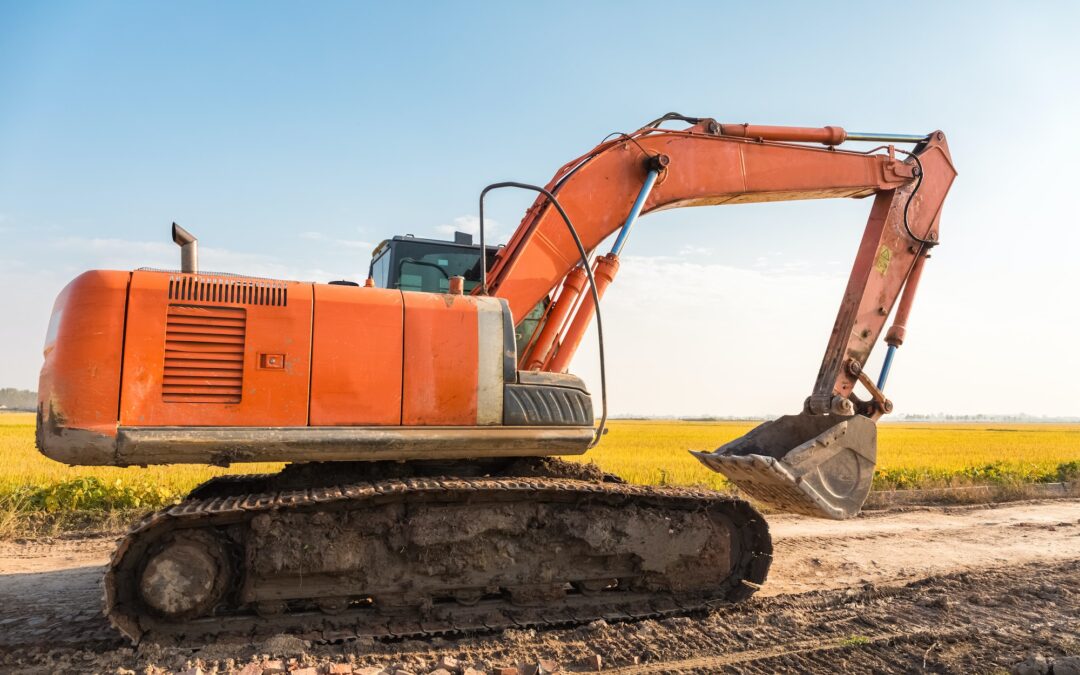Excavators are powerful and versatile machines used for a variety of construction projects. They can be used for digging, demolition, grading, and more. However, they pose unique transportation challenges due to their size, weight, and complexity. This article explores five of the most common types of excavators and the unique transportation challenges they face.
Wheel Excavators
Wheel excavators are the most common type of excavator, and they offer great maneuverability. They are typically used for digging trenches, laying pipes, and other light tasks. While they can be moved from one location to another with relative ease, wheel excavators do require specialized transport due to their size and weight. This can be especially challenging in areas where roads are narrow or not built to accommodate the size and weight of the machine.
Another challenge wheel excavators face is the risk of damage during transport. Due to their weight and size, they are prone to shifting during transport, which can cause significant damage. Additionally, the tires are prone to puncture and deformation due to the weight of the machine, and the entire frame of the excavator is susceptible to damage.
Crawler Excavators
Crawler excavators are the most powerful type of excavator and are typically used for digging and demolition. They offer excellent mobility over rough and uneven terrain, but they can be difficult to transport due to their size and weight. Crawler excavators are usually transported in pieces, which can be a slow and tedious process. Additionally, the tracks must be disassembled and reassembled in the destination, adding extra time and expense.
Another challenge crawler excavators face is the risk of damage during transport. Due to their weight and size, they are prone to shifting during transport, which can cause significant damage. Additionally, the tracks are susceptible to damage from debris or road hazards, and the entire frame of the excavator is susceptible to damage.
Dragline Excavators
Dragline excavators are typically used for large-scale demolition and excavation projects. They are the largest type of excavator, and they can be extremely difficult to transport due to their size and weight. Dragline excavators are usually transported in pieces, which can be a slow and tedious process. Additionally, the tracks must be disassembled and reassembled in the destination, adding extra time and expense.
Another challenge dragline excavators face is the risk of damage during transport. Due to their weight and size, they are prone to shifting during transport, which can cause significant damage. Additionally, the tracks are susceptible to damage from debris or road hazards, and the entire frame of the excavator is susceptible to damage.
Long Reach Excavators
Long reach excavators are used for digging trenches and laying pipes in hard-to-reach places. While they offer excellent maneuverability, they can be difficult to transport due to their size and weight. Long reach excavators are usually transported in pieces, which can be a slow and tedious process. Additionally, the tracks must be disassembled and reassembled in the destination, adding extra time and expense.
Another challenge long reach excavators face is the risk of damage during transport. Due to their weight and size, they are prone to shifting during transport, which can cause significant damage. Additionally, the tracks are susceptible to damage from debris or road hazards, and the entire frame of the excavator is susceptible to damage.
Mini Excavators
Mini excavators are the smallest type of excavator, and they are typically used for small-scale excavation projects. While they offer great maneuverability, they can be difficult to transport due to their size and weight. Mini excavators are often transported in pieces, which can be a slow and tedious process. Additionally, the tracks must be disassembled and reassembled in the destination, adding extra time and expense.
Another challenge mini excavators face is the risk of damage during transport. Due to their weight and size, they are prone to shifting during transport, which can cause significant damage. Additionally, the tracks are susceptible to damage from debris or road hazards, and the entire frame of the excavator is susceptible to damage.
Conclusion
Excavators are powerful and versatile machines used for a variety of construction projects, but they can be difficult to transport due to their size, weight, and complexity. This article explored five of the most common types of excavators and the unique transportation challenges they face. From wheel excavators to mini excavators, each type of excavator poses its own set of challenges. Fortunately, there are companies like Heavy Hauler that specialize in safely transporting excavators of all sizes. Heavy Hauler can help you get your excavator to its destination safely and on time.

